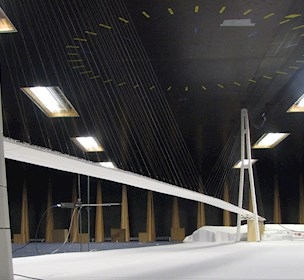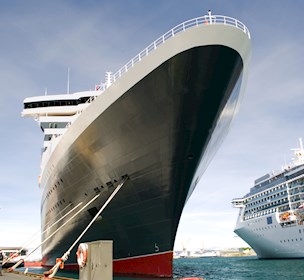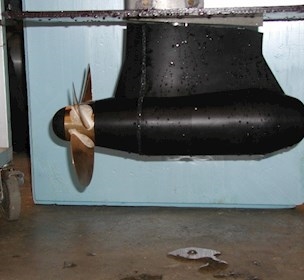Do you want to be blown away when on board a cruise ship?
One of the main purposes of going on a cruise is for the passengers to be able to enjoy themselves in the open deck spaces.
These can range from swimming pools, amusement rides, outdoor theaters and large sun bathing areas to private balconies. Common for all these areas is that they require shelter.
Wind comfort on the open decks
Passenger ships operating on the open seas are exposed to the wind. Combined with the forward motion of the ship, the relative wind speed the vessel is subjected to can be high. With open recreational deck areas and high wind speed, the wind comfort will be drastically reduced.
Generally, the wind comfort experience is a combination of two elements: The purpose of the area (a sun bathing area requires more shelter than a jogging track) and the experienced wind (a combination of mean wind speed and the turbulence intensity, i.e. gustiness).
In areas where wind gusts can have a negative impact on passenger comfort, the designers and naval architects face the problem of how to improve the wind comfort. Whereas the private balconies generally have an acceptable wind comfort due to the presence of (wind) walls between all balconies, it is more difficult to shelter the large, open deck areas.
The main problem is that the areas are designed to be very open. This means that there are hardly any obstacles that can reduce or deflect the wind. Add to this the issue that, while the vessel is sailing, the prevailing wind direction will often be ±30° over the bow, but in a harbour, the wind can come from any direction.
Improvement of the wind comfort
One way to improve the wind comfort on board a passenger vessel is to perform an evaluation of the layout during the design phase. An easy and fast approach is to perform wind tunnel tests with a representable model of the cruise ship including all the major items on the open deck areas.
The model, which typically has a size of about 1.5 m, will be placed on a turntable in one of our five wind tunnels. The model is then exposed to a wind profile that resembles an ocean wind in terms of both velocity distribution and turbulence intensity.
A three-part test
The tests themselves are divided into three segments, a visualisation part to understand the gustiness of the wind and to investigate selected areas, a qualitative part where the entire open deck area is investigated and finally a quantitative part in order to quantify the actual shelter level.
Especially the quantitative technique where an erosive material is applied to the entire open deck is effective. In such tests, areas with poor shelter can easily be identified, and different solutions can be investigated to ensure that the solution also works for other wind directions than those first investigated. These tests are very effective when performed in cooperation with the designer in the early design phase of the vessel as they can quickly identify problematic areas and find solutions, also, they are a very intuitive test method.
One of many ways to improve the wind comfort on the open decks is to install series of wind screens that will preferably brake the wind and not deflect it. If the wind is deflected, there is always a risk that the deflected flow from one area will migrate into another area further downwind, and hence the problem is not solved, just moved.
As it is not possible to remove the wind entirely, our goal is always to minimise the wind discomfort in the wind-sensitive areas such as pool and sun bathing areas. If this is not possible, you can, by using different types of awnings, move the wind to a less wind-sensitive area such as a jogging area.





